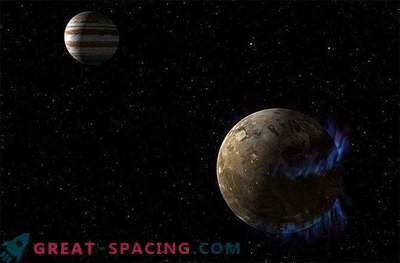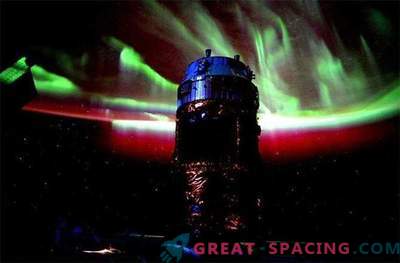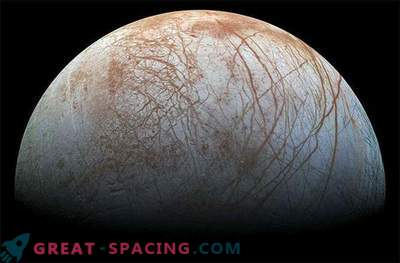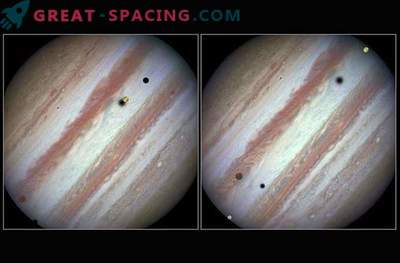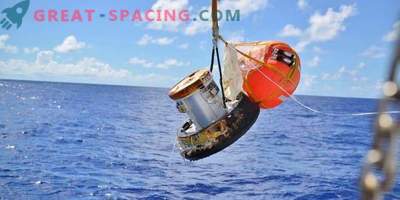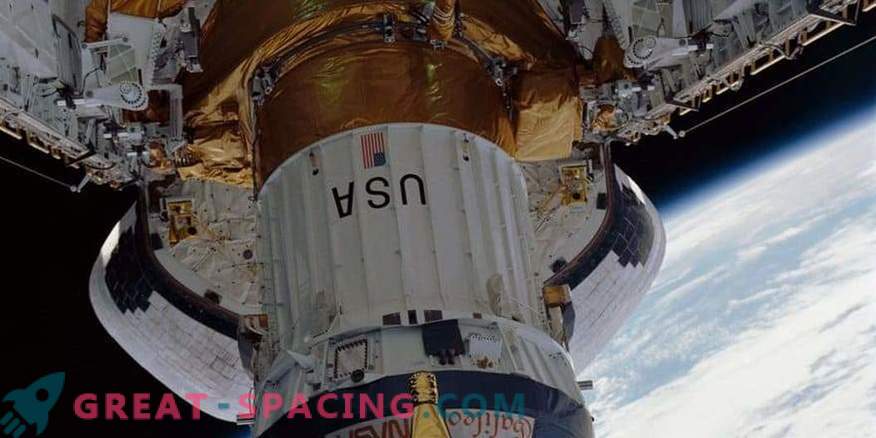
On October 18, 1989, the Atlantis spacecraft delivered the Galileo spacecraft into orbit after 6 hours and 30 minutes of flight. In the photograph, Galileo, mounted on an inertial upper stage, took a position with a slope of 58 degrees to turn around in the payload compartment. On the background one can see the edge of the planet Earth.
The mission’s mission is to explore Jupiter and its mysterious family of satellites. The device coped with the task successfully, but on the way to the gas giant made several important discoveries. It was the first spacecraft to visit two asteroids - Gaspra and Ida. Galileo provided the only direct observations of a comet colliding with a planet. A span over Venus in 1990 made it possible to get amazing IR photos of the clouds of the planet. After discoveries, including evidence of the existence of the sea ocean under the icy surface of the satellite Europe, extensive volcanic processes on Io and the magnetic field of Ganymede, Galileo plunged into the atmosphere of Jupiter on September 21, 2003, in order not to infect Europe with microbes.



